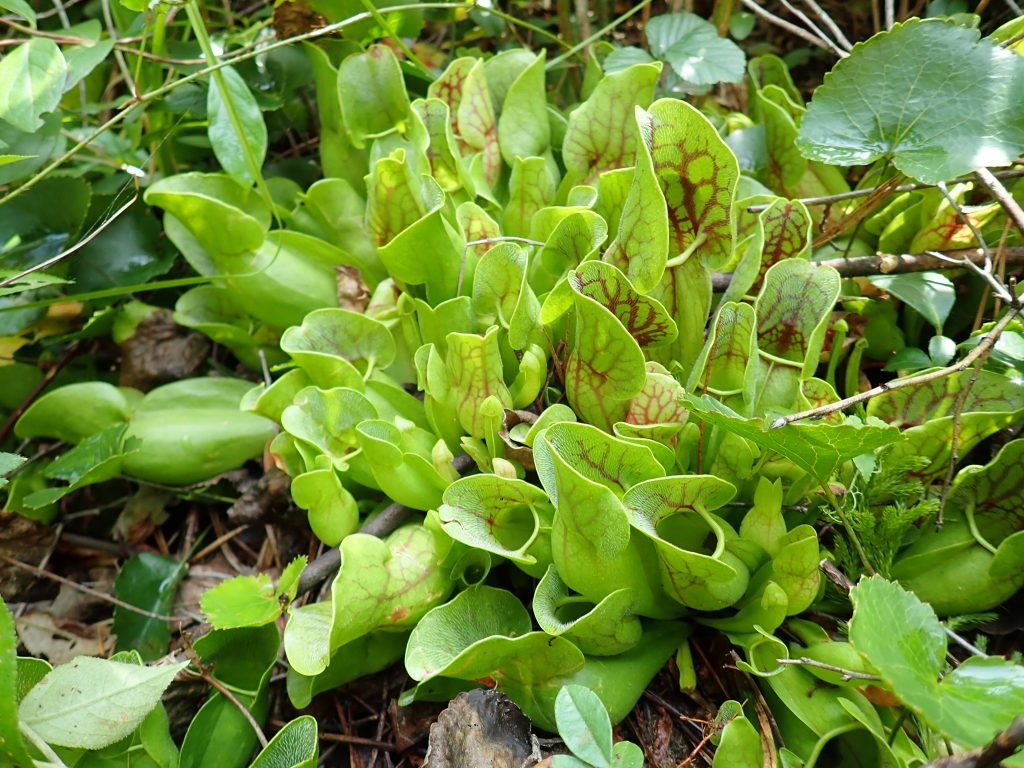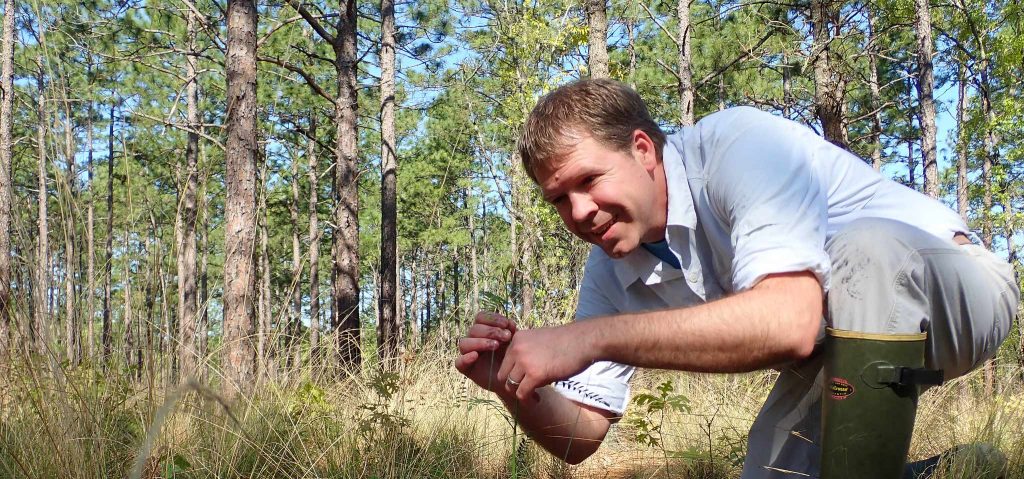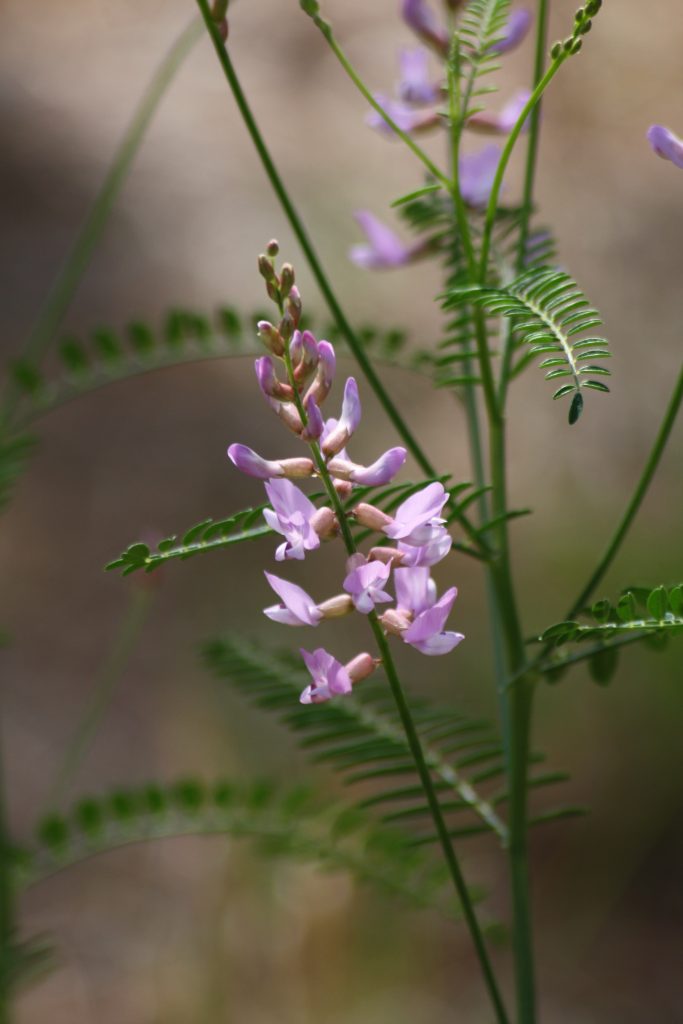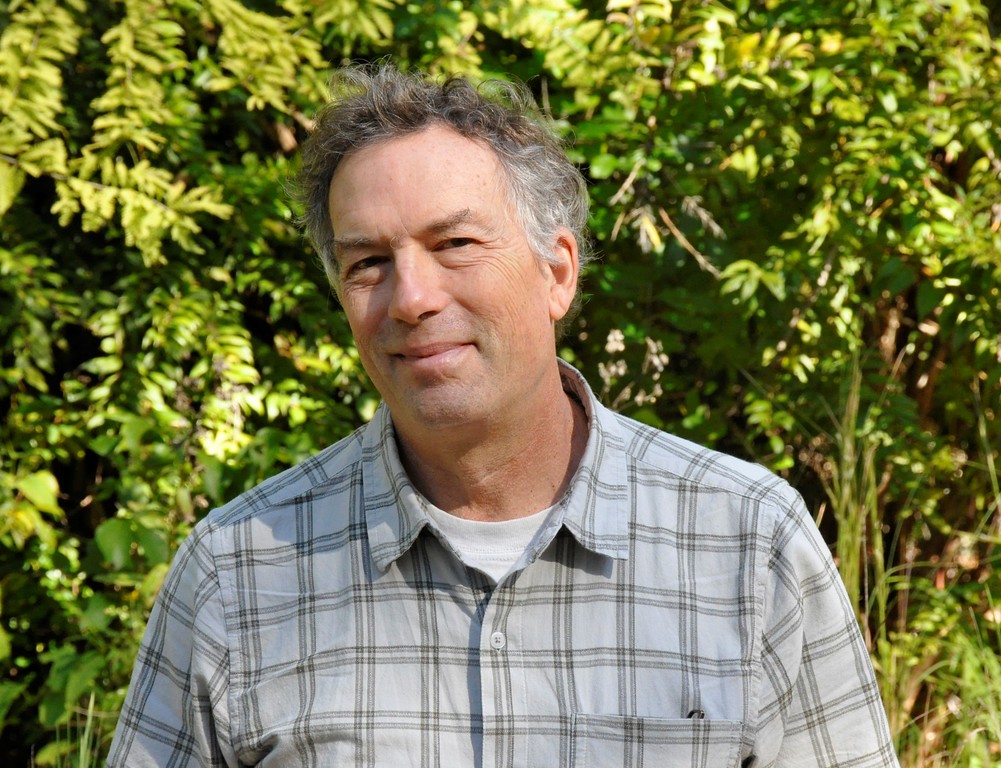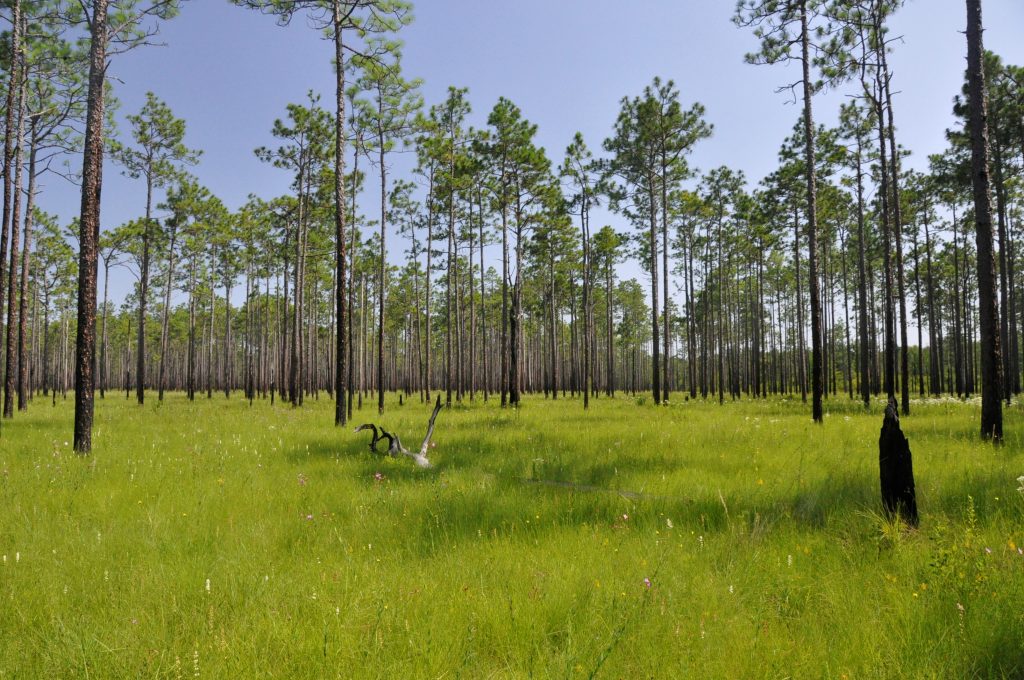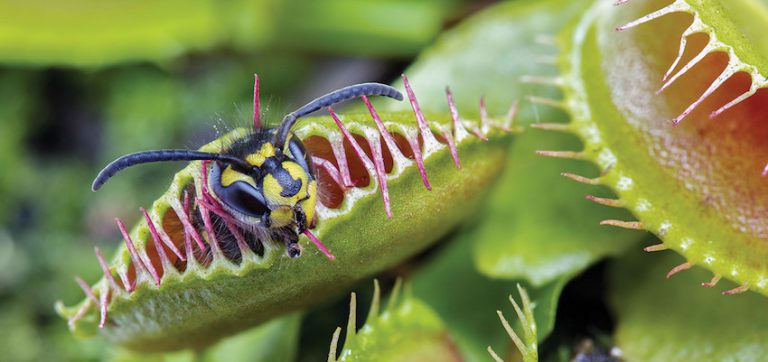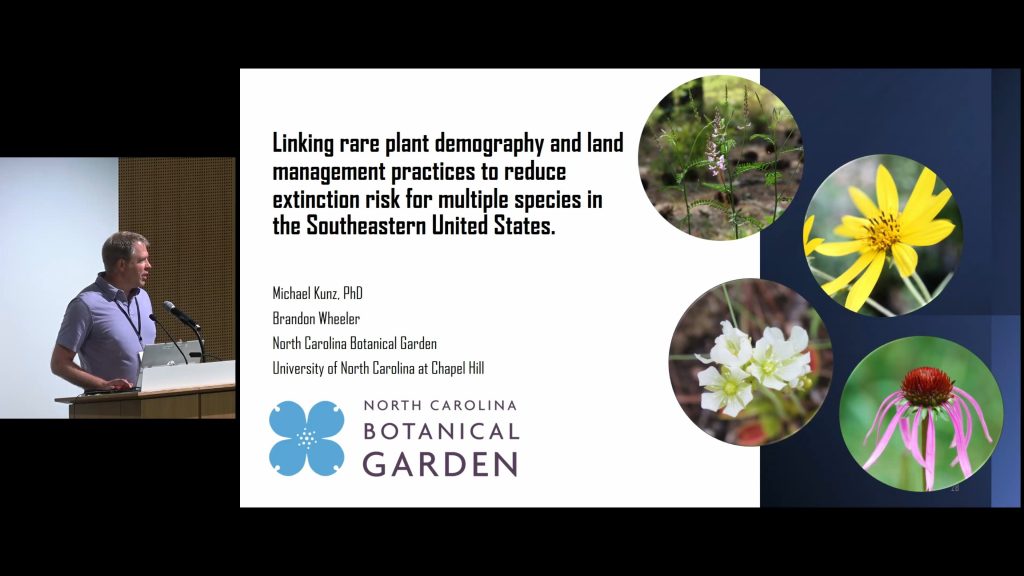
Land management decisions are often implemented on perceived optimal environmental conditions, follow a habitat-based approach, or fail to account for climate change climate change which can lead to practices detrimental to population dynamics of rare plants and increase risk of extinction. Prescribed fire, canopy thinning, and managing herbivores are common management practices and are frequently […]
Read More…
Venus’ Flytrap (Dionaea muscipula). […]
Read More…
Dionaea muscipula in Green Swamp, a reserve owned by the Nature Conservancy with excellent longleaf pine habitat. Some of the botanical wonders include venus flytraps (Dionaea muscipula) and other carnivorous plants. […]
Read More…
Dionaea muscipula in flower at First Landing State Park. […]
Read More…
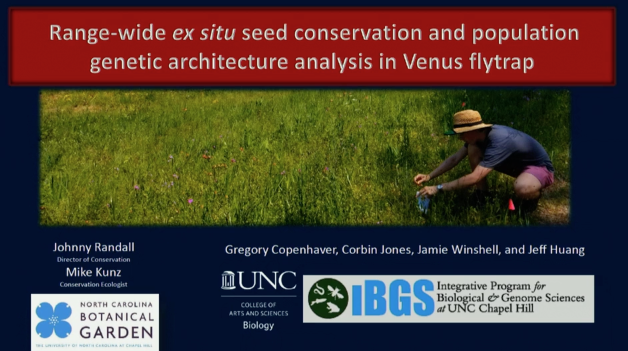
Dr. Johnny Randall, North Carolina Botanical Garden The infamous Venus flytrap, Dionaea muscipula, found across North Carolina and into South Carolina, has been seen to be declining in recent years. It is currently under review for federal listing, is ranked G2 on NatureServe, and considered vulnerable by RedList. Threats to this charismatic plant include poaching, […]
Read More…
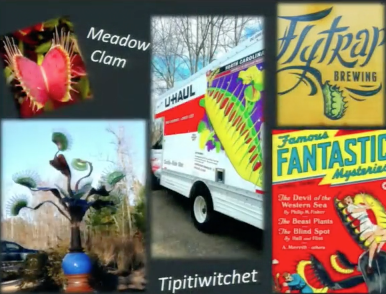
Johnny Randall and Michael Kunz (North Carolina Botanical Garden, University of North Carolina at Chapel Hill), and Jamie Winshell, Corbin D. Jones and Gregory P. Copenhaver (Department of Biology and Integrative Program for Biological & Genome Sciences,University of North Carolina at Chapel Hill) Venus’ flytrap (Dionaea muscipula) is the most widely recognized carnivorous plant, and […]
Read More…

